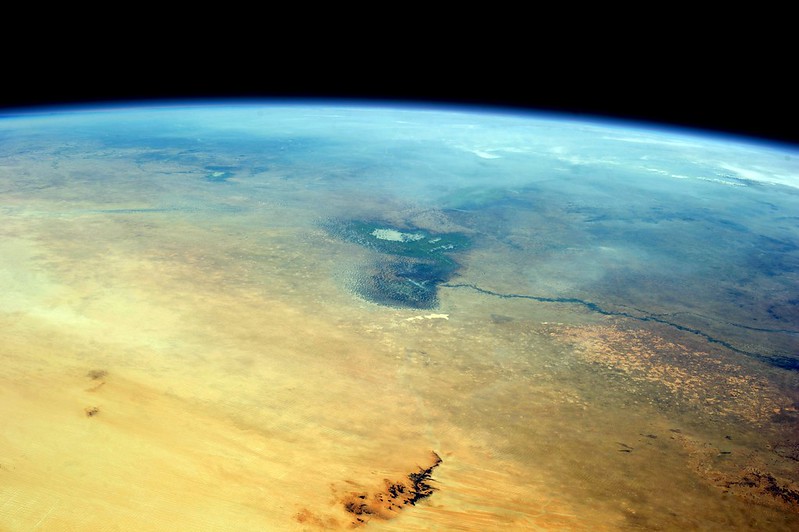Lake Chad’s Water Supply: Scarcity and Solutions
 Chad, or The Republic of Chad, is a landlocked country in central-northern Africa. The nation is mostly flat terrain and it is made up of deserts and wetlands. The wetlands, and in particular, Lake Chad, are a great source of water for the country’s residents. Unfortunately, over the last few decades, Lake Chad’s water supply has been diminishing. Not only is the lake experiencing severe pollution, it is also drying up. This has led to a humanitarian crisis.
Chad, or The Republic of Chad, is a landlocked country in central-northern Africa. The nation is mostly flat terrain and it is made up of deserts and wetlands. The wetlands, and in particular, Lake Chad, are a great source of water for the country’s residents. Unfortunately, over the last few decades, Lake Chad’s water supply has been diminishing. Not only is the lake experiencing severe pollution, it is also drying up. This has led to a humanitarian crisis.
Problems Rising
Lake Chad reaches across the majority of the southern region of Chad, and it also covers and supplies water to areas of people who live much farther north and also in the neighboring countries of Cameroon, Niger and Nigeria. In January of 2023, the World Bank surmised that Lake Chad’s water supply supports, “an estimated 30 million people whose livelihoods are closely linked to agricultural, herding and fishing activities.”
These 30 million people are now being drastically affected by the extreme loss that natural disasters have produced. According to the United Nations in 2019, “The water body has diminished by 90% since the 1960s due to overuse” and drought. Since they can no longer find food or clean water, competition for these needs has created conflict in the region and the lack of water has also led to unsanitary conditions.
Conditions Currently
The conditions of Lake Chad are not only hostile because of nature. Lack of water has an extreme effect on the human body and children can be among the most vulnerable. UNICEF’s “For Every Child” program shared that a lack of adequate water could cause extreme diarrhoeal disease and malabsorption phenomena, as well as extreme and chronic malnutrition. Additionally, in 2021, Down To Earth published an article explaining the way Chad’s residents have been forced to comply with extremist groups in the region due to their newfound desperation. Apparently, in previous years, residents were likely to migrate for fresh water and food sources when necessary. Now, they are blocked into certain areas by terrorist groups. They have no ability to find new resources, so they must find ways to sustain Lake Chad.
Solutions to Scarcity
In response to the water scarcity Chad faces, they have taken steps toward being sustainable and resourceful. In 2018, Chad became the first African country to join The Water Convention, which is serviced by the United Nations. This showed promise that “Chad has confirmed its strong commitment to the sustainable management of transboundary waters through the principles and rules of international law.” This will hopefully guide the use of the water to be sanctioned with more cooperation, as opposed to conflict.
Additionally, there are many towns making efforts of their own. The town of Bol, for example, has a community farm with water provided by The Agency of the Great Green Wall. They are also restoring the land in order to make the ground more fertile. Finally, “they have constructed underground cisterns and implemented drip irrigation systems, enabling them to grow crops even in the driest seasons.”
Overall, it would seem that water management is a key component of addressing Lake Chad’s water supply.
These progressions are slow but meaningful. Given time and cooperation, the people who rely on Lake Chad for water, fishing and daily life may be able to achieve a solution to the water crisis they face. With the natural disasters, sustainable tactics will be vital for restoring Lake Chad.
– Rachel Breeden
Photo: Flickr
